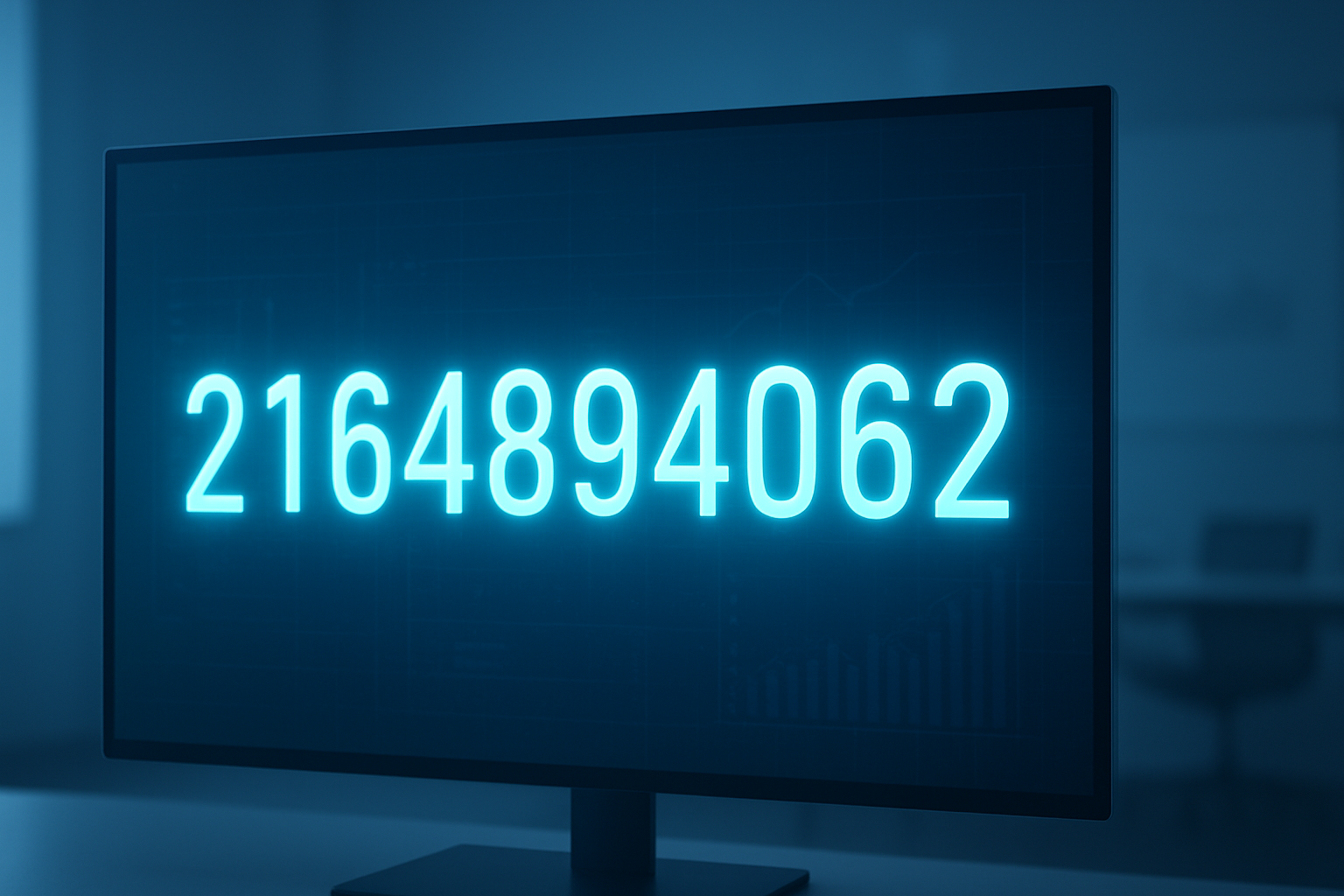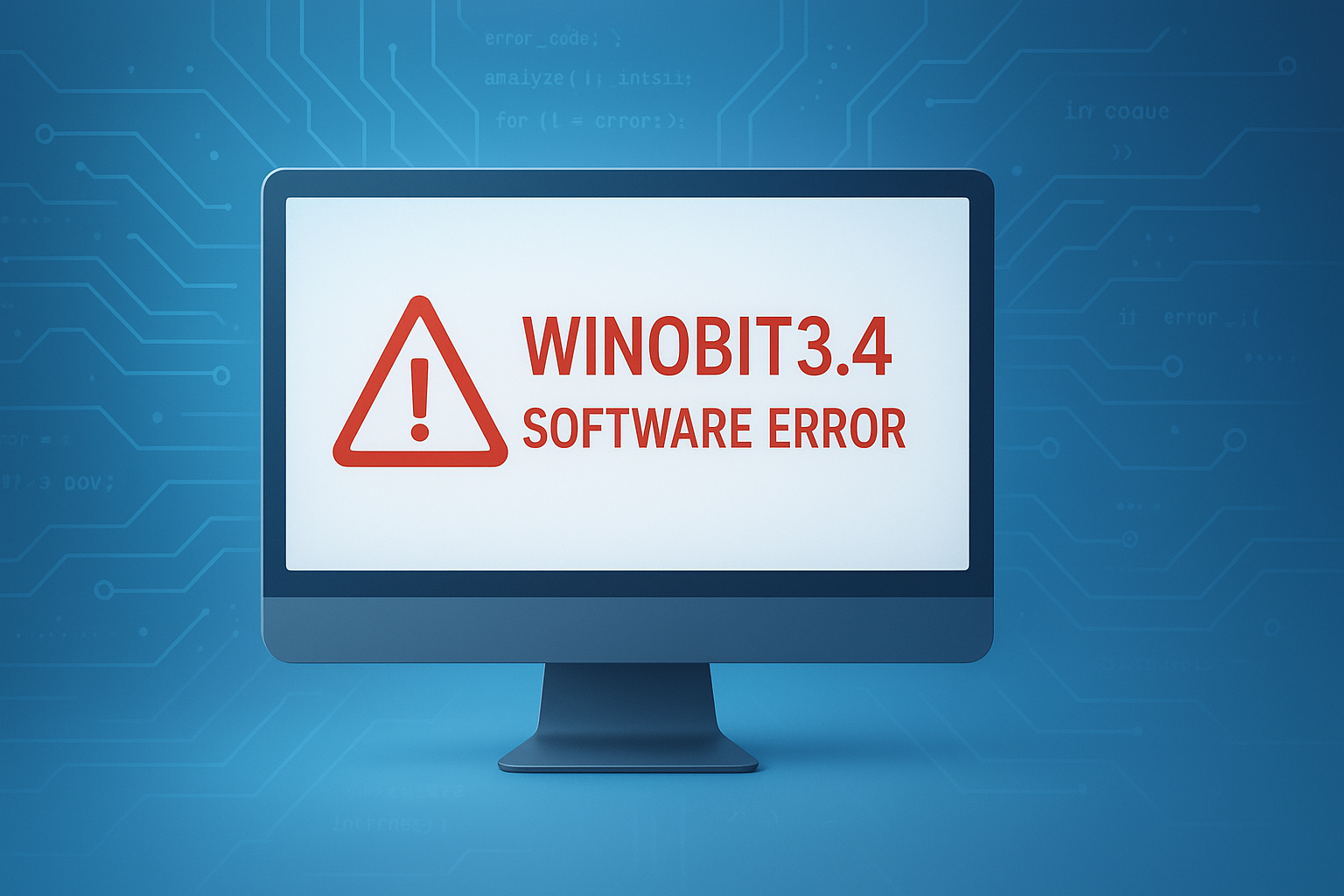Navigating the Aftermath When Systems Are Compromised
A system breach can happen when least expected. The moment it hits, confusion and fear spread fast. Questions come quickly, but answers often lag.
Every second matters when systems are compromised. The threat feels real because it is. Action becomes the only option when the system is no longer safe.
In this article, we will discuss essential steps to take after a system breach. Keep reading.
Assessing the Scope of the Breach and Identifying Entry Points
The first task after a breach in the system is to understand the full impact. Pinpointing the affected areas helps stop the spread of damage. Every exposed file, user account, and application needs review.
Start by identifying how the attacker gained access. Look at user logs, system alerts, and unusual traffic. This early mapping offers clues that shape the full response plan.
A strong review also helps avoid wasted time. Knowing what was touched means teams can act faster. Without clear direction, recovery becomes guesswork and delays become costly.
Securing All Access Points to Prevent Further Intrusion
After identifying how access was gained, systems must be sealed off. This includes resetting credentials, removing permissions, and blocking affected ports. The goal is to lock out any further threats immediately.
When needed, disconnecting from the network stops active harm. Isolation keeps the hacker from going deeper into the system. Fast separation limits exposure and prevents ongoing access.
Security isn’t just about fixing one hole. All entry points must be reviewed for similar weaknesses. A system left open once could be attacked again if not properly sealed.
Notifying Internal Stakeholders and Key Decision-Makers
Internal communication becomes critical after a breach. Everyone involved in operations, leadership, and security must receive accurate updates. Delays in messaging confuse and slow down decision-making.
The information should be clear, focused, and timely. Use facts, not guesses, to help teams act with purpose. Leadership must understand the risks and possible next steps.
Each department has a role in the response. Legal, IT, and communication teams should coordinate quickly. A united front ensures the company speaks and acts with one voice.
Engaging Cybersecurity Experts When Systems Are Compromised
When a hacker gets through, expert help becomes essential. Outside professionals understand how to stop the attack and trace its source. They move quickly to reduce long-term harm.
Cybersecurity teams bring advanced tools for digital containment. They isolate threats, secure evidence, and keep attackers from regaining access. Quick support improves response time and recovery results.
Experts in ransomware recovery possess extensive knowledge in negotiation, system rebuilds, and safe data restoration. Their guidance helps prevent costly mistakes. With expert help, the path forward becomes clear and strategic.
Preserving Compromised Data for Investigation and Recovery
Preserving all affected data is a top priority. Deleted or altered files may hold the key to understanding the breach. Keep logs, records, and file versions safe and untouched.
This data also serves as evidence. Legal teams and investigators rely on it to build their case. Poor handling of digital records can weaken both response and legal standing.
Secure the storage environment used for this data. It should be read-only, with access restricted to the right teams. Protecting this information ensures it’s usable when needed.
Communicating Transparently with Affected Clients and Partners
Clear communication with clients and partners helps protect trust. They need to know if their data or systems were affected. Silence or delays cause concern and may damage relationships.
The message should explain the facts without causing panic. Keep it simple, accurate, and open. Say what is known and how the issue is being addressed.
Even if all answers aren’t ready, early updates show leadership. People value honesty during a crisis. Staying visible and responsive can keep reputations intact.
Working with Legal Counsel to Meet Regulatory Obligations
Laws around data breaches differ across industries and regions. Legal experts help ensure compliance with notification timelines and privacy rules. Failing to meet these rules can result in large fines.
Counsel should be looped in early. They will guide how and when to report the breach. Legal messaging must align with technical facts for consistency.
They also protect the business during follow-up claims. Counsel ensures that public and internal responses are within legal boundaries. Legal input brings clarity and risk control.
Initiating a Full System Audit to Detect Hidden Threats
After a breach, the surface isn’t the whole story. A full audit uncovers any lingering threats inside the system. Malicious code may stay hidden unless properly scanned.
Teams must go deep into the system’s architecture. This means checking third-party apps, user roles, and database entries. Even small irregularities can point to deeper trouble.
Audit findings must be logged and acted upon quickly. Any delay invites more risk. The audit clears the path toward a safe rebuild and long-term system trust
Updating Security Protocols to Close Existing Vulnerabilities
Post-breach, security rules must change. Whatever failed before needs replacement or hardening. This includes authentication processes, access roles, and software updates.
Old vulnerabilities must be removed quickly. Even one unpatched weakness can invite a new hacker. Security tools must also be updated and tested regularly.
Training for all staff supports the new system setup. Employees should learn to spot risks and avoid unsafe behavior. Strong policies backed by knowledge reduce the chance of future compromise.
Monitoring System Integrity
Monitoring system integrity helps protect your business from silent risks. It checks for any changes in files, settings, or programs. This allows your team to catch issues early and take fast action.
A strong system will track every move and alert you to problems. This makes it easier to stay in control at all times. Regular checks also help you understand what’s working and what’s not.
After a system breach, constant monitoring shows your system is back on track. It adds confidence and supports smooth daily work. With the right tools, your network stays safe and stable.
Strengthening Your Digital Future After a System Breach
A system breach can shake operations, but it doesn’t have to weaken your future. With fast action, expert help, and strong monitoring, you can restore control. Each smart move strengthens your ability to prevent the next attack.
Stay ready, keep your defenses strong, and act when threats appear. Protecting your system now means fewer risks later. Begin today with a clear plan and steady response.
Did this article help you? Browse our blog for more interesting topics.










